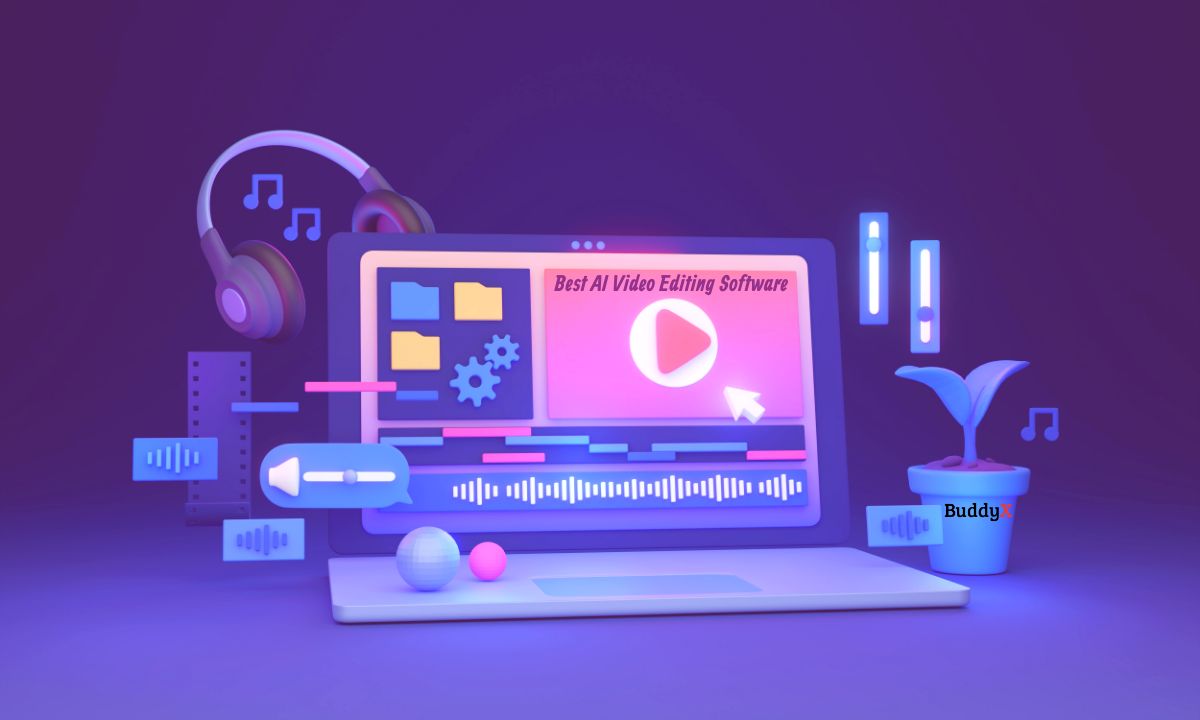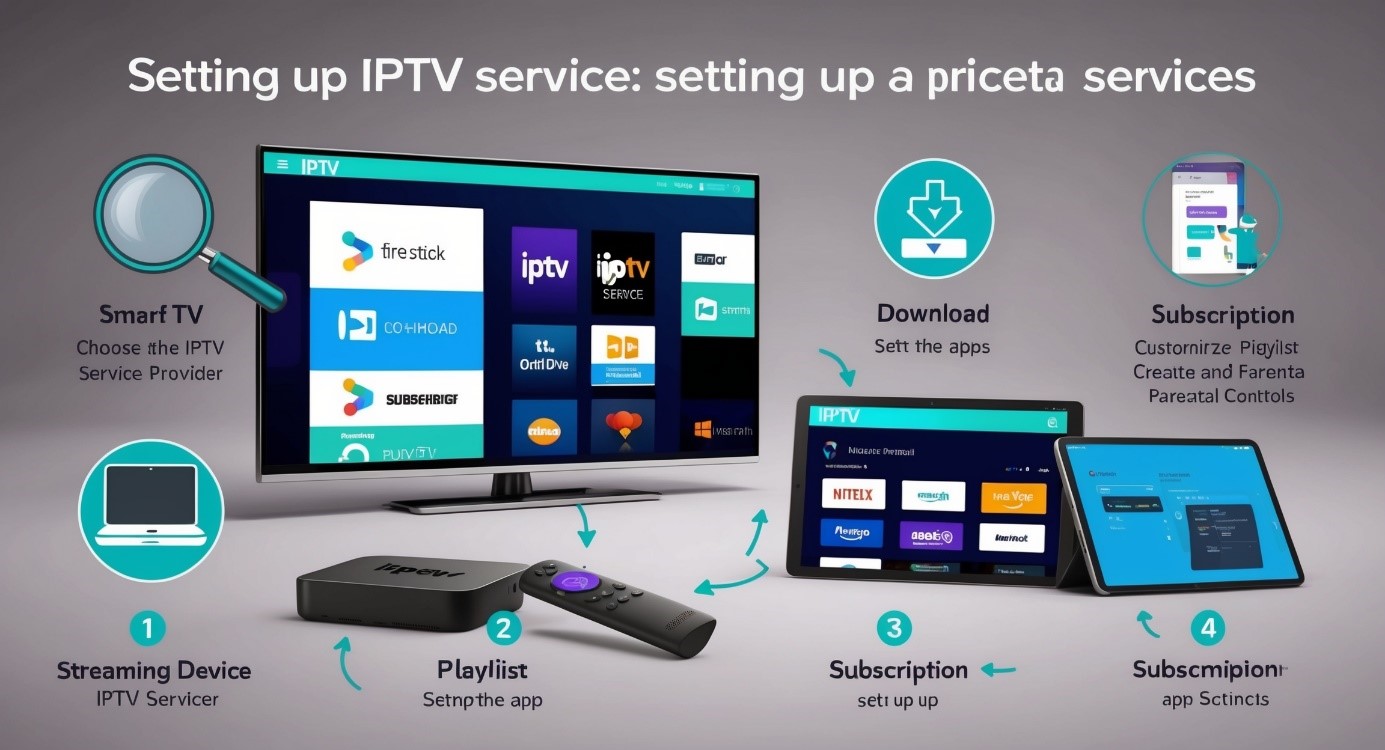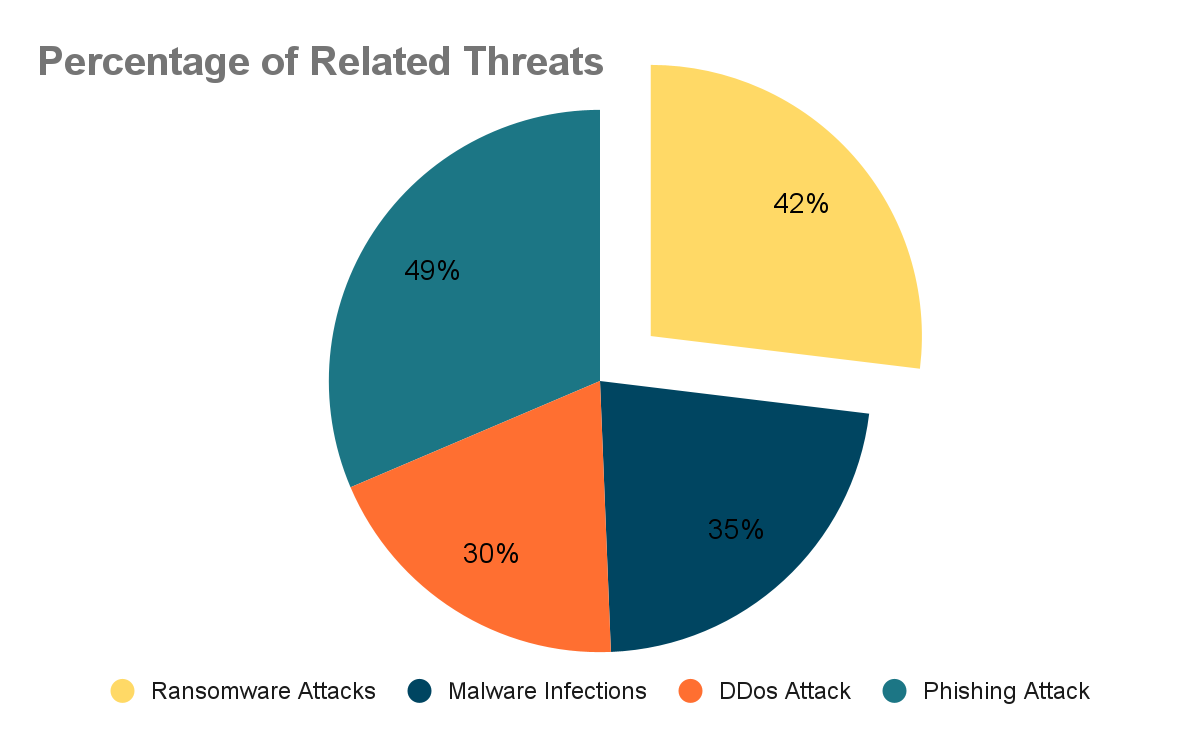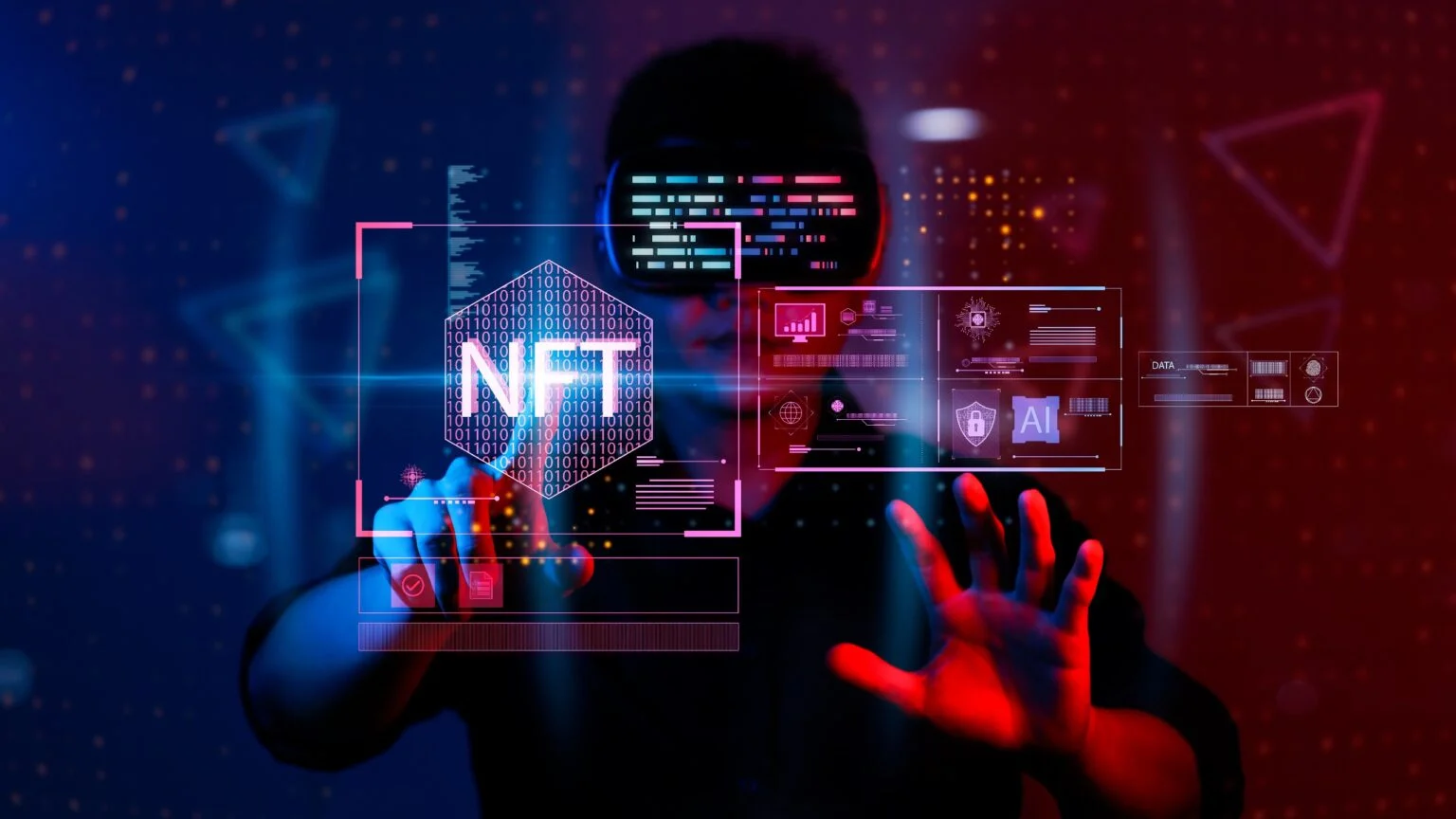Video editing has long been a complex and time-consuming process, traditionally requiring specialized skills and software. However, recent advancements in artificial intelligence (AI) have revolutionized this field, introducing automated solutions that simplify and expedite the video editing process. AI tools are now capable of performing tasks that once took hours or even days in a matter of minutes, all while maintaining high-quality outputs. In this article, we will explore the capabilities of AI in automated video editing, shedding light on how AI video editors are transforming content creation across various industries.
1. The Emergence of AI in Video Editing
AI’s integration into video editing has been driven by the demand for faster and more efficient content production. With the rise of social media platforms, content creators, marketers, and businesses are increasingly seeking ways to produce engaging videos without spending excessive time and resources. AI tools have stepped in to address this need, enabling users to automate repetitive and labor-intensive tasks, such as cutting, trimming, and organizing clips. By leveraging machine learning algorithms and deep learning models, these tools can analyze video content, identify patterns, and make intelligent editing decisions.
2. Key Features of AI Video Editors
An AI video editor provides a variety of features designed to meet the needs of users with different levels of expertise and requirements. Here are some of the key capabilities that set them apart from traditional video editing software:
- Automatic Scene Detection and Segmentation: AI algorithms can automatically detect different scenes within a video, identify transitions, and segment clips based on content type. This feature is especially useful for creating highlight reels, trailers, or summaries without having to manually sift through hours of footage.
- Content-Aware Editing: AI-powered tools can analyze video content and identify specific elements such as faces, objects, and text. This capability allows users to apply targeted edits, such as blurring out sensitive information, enhancing certain areas, or adding effects to specific elements. Content-aware editing makes the process more precise and reduces the likelihood of human error.
- Speech and Audio Analysis: AI tools can transcribe speech and analyze audio tracks to identify keywords, phrases, and emotions. This enables automated caption generation, voiceover synchronization, and audio enhancement. In addition, AI can remove background noise, balance audio levels, and add sound effects, ensuring that the final output is polished and professional.
- Color Correction and Grading: AI video editors are equipped with algorithms that can analyze video footage and automatically adjust color balance, contrast, and saturation to enhance visual appeal. This feature is invaluable for content creators who want to achieve a consistent look across multiple clips without spending hours on manual color correction.
- Video Summarization: One of the most powerful capabilities of AI tools is the ability to automatically generate video summaries. By analyzing the most engaging or informative parts of a video, AI can condense long footage into shorter, more digestible clips, making it easier for viewers to consume and share content.
3. How AI Tools Enhance Efficiency in Video Editing
The introduction of AI tools in video editing has significantly improved efficiency and productivity for content creators, marketers, and businesses. Here are some ways in which AI video editors are making a difference:
- Time-Saving Automation: Traditional video editing is often a laborious process that involves manually reviewing footage, cutting scenes, and applying effects. AI tools streamline these tasks by automating repetitive processes, allowing editors to focus on creative decision-making rather than mundane activities. This time-saving benefit is particularly advantageous for businesses with tight deadlines and high-volume video production needs.
- Cost-Effectiveness: Hiring professional video editors can be expensive, especially for small businesses and independent creators. AI video editors provide a cost-effective alternative by reducing the need for extensive human involvement. This not only cuts down on labor costs but also minimizes the need for expensive editing software and hardware.
- User-Friendly Interfaces: Many AI video editing tools come with intuitive interfaces that are easy to navigate, even for users with little to no editing experience. This accessibility democratizes video editing, enabling more people to create high-quality videos without the need for extensive training or technical knowledge.
- Scalability: For companies and content creators who need to produce videos at scale, AI tools offer the ability to edit multiple videos simultaneously. This scalability is particularly useful for social media managers, marketing teams, and news agencies that require consistent content output.
4. Real-World Applications of AI Video Editors
AI video editors are being used across various industries to enhance content creation and marketing strategies. Here are some examples of how these tools are being applied in the real world:
- Social Media Content Creation: Social media platforms thrive on visual content, and AI tools have made it easier for marketers and influencers to create eye-catching videos that drive engagement. Automated features like scene detection, video summarization, and captioning help in producing content quickly and consistently, keeping up with the fast-paced nature of social media.
- E-Learning and Educational Content: The e-learning industry has embraced AI video editing for creating instructional videos, tutorials, and online courses. AI-powered tools can automatically generate subtitles, highlight key points, and summarize content, making educational videos more accessible and engaging for learners.
- Corporate Marketing and Advertising: Businesses are using AI video editors to produce promotional videos, product demonstrations, and advertisements. The ability to quickly edit and personalize videos based on target audiences allows for more effective marketing campaigns that can be easily adjusted to suit different platforms and customer segments.
- News and Journalism: In the world of news and journalism, where speed and accuracy are critical, AI tools have become indispensable for editing live footage, generating news summaries, and creating reports. These tools can analyze vast amounts of video data and produce concise and accurate summaries in real-time.
5. The Future of AI in Video Editing
As AI technology continues to evolve, we can expect even more advanced capabilities to emerge in the realm of video editing. Future AI tools may incorporate features like:
- Enhanced Collaboration: AI could facilitate more seamless collaboration between editors, directors, and clients by providing real-time feedback and suggestions based on user preferences and industry trends.
- Augmented Reality (AR) and Virtual Reality (VR) Integration: AI video editors may soon support the editing of AR and VR content, enabling creators to produce immersive experiences that go beyond traditional video formats.
- Emotion and Sentiment Analysis: Future AI tools could analyze viewer emotions and sentiments, allowing creators to tailor their content more effectively to audience preferences.
- Personalization at Scale: With the integration of AI-driven analytics, video editors may be able to produce highly personalized content for individual viewers, enhancing engagement and conversion rates for marketing campaigns.
Conclusion
AI video editors are redefining the landscape of video production, offering powerful and efficient solutions that cater to the needs of modern content creators, marketers, and businesses. By automating time-consuming tasks, enhancing the quality of outputs, and providing user-friendly interfaces, AI tools are making video editing more accessible, cost-effective, and scalable. As technology continues to advance, the potential for AI in automated video editing will only grow, opening up new possibilities for creativity and innovation in content creation. For anyone looking to stay ahead in the competitive world of digital media, exploring the capabilities of AI video editors is a step in the right direction.















Leave a Reply